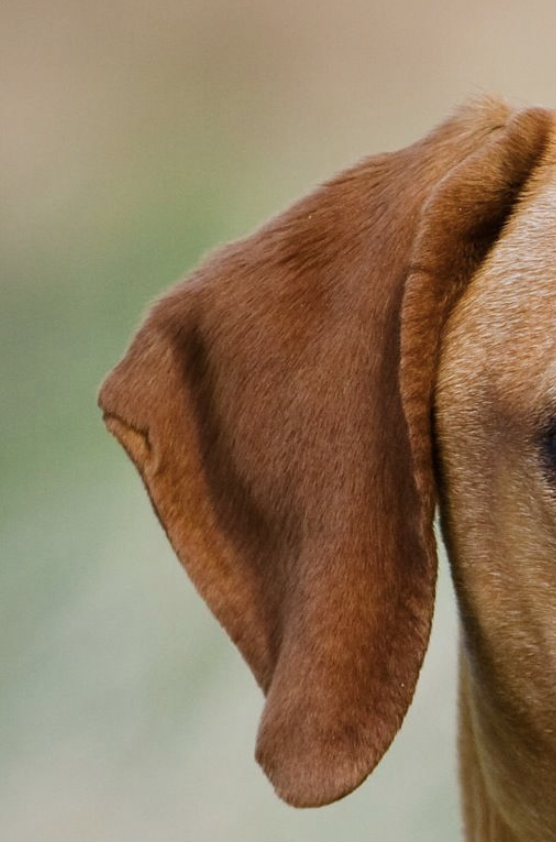
It is sleek, it is soft, and because it was expensive to produce at one time, it has a long association with royalty.
Scroll down for a hint for what “it” is, and a little mood music:
“It,” of course, is velvet.
There is velour and velveteen, and while each has its application, neither holds a candle to velvet.
Velour is stretchy and of medium weight, and velveteen is far stiffer due to cut loops, but with its deep pile, long filament looped fibers, and ultra smooth texture, velvet is the thickest – and most luxurious – of the group of such fabrics.
Velvet hasn’t been around as long as many of our dog breeds, but given that the first recorded mention of it is from the 14th century, it’s still an old fabric. Most people who study the history of woven fabrics believe that the textile was originally made out of silk in East Asia, and made its way down the Silk Road and into Europe with merchants. Like most types of textiles today, the largest share of the world’s velvet is presently produced in China, though it’s probably a coincidence that when we delve into the dog aspect of this post, the first breed we mention has its origins in China, and, like the song above says, has “black velvet.”
That breed is the Pug and its breed standard actually calls for ears [to be] thin, small, soft, “like black velvet.”
It is by no means the only breed with a standard that expressly mentions velvet. Can you guess which other breeds have “velvet” appear in their standard?
We suspect most of you will guess – correctly – that the ears are the most frequent place on a dog for a velvet texture to appear:
- Norfolk Terrier: Ears: V-shaped, slightly rounded at the tip, smooth and velvety to the touch.
- West Highland White Terrier: The hair on the ears is trimmed short and is smooth and velvety, free of fringe at the tips;
- Bedlington Terrier: Ears: Thin and velvety in texture, covered with fine hair forming a small silky tassel at the tip;
- Keeshond: Head, including muzzle, skull and ears, should be covered with smooth, soft, short hair-velvety in texture on the ears:
- Portuguese Pointing Dog: Coat: [hair] is thinner and shorter on the head, especially on the ears, which have a velvety look;
- Dandie Dinmont Terrier: The body of the ear is covered with short, soft, velvety hair;
- Basset Hound: Ears are extremely long, low set, and when drawn forward, fold well over the end of the nose. They are velvety in texture;
- Scottish Terrier: Ears: They should be covered with short velvety hair.
Two breed standards, however, call for “velvet” to appear elsewhere. Check it out:
- The German Spitz has a double coat : Long, straight, stand off top coat and short, thick, cotton-wool-like undercoat. Head, ears, front side of front and hind legs and the feet are covered by short, thick (velvety) hair;
- Bichon Frise: Coat: The undercoat is soft and dense, the outercoat of a coarser and curlier texture. The combination of the two gives a soft but substantial feel to the touch which is similar to plush or velvet and when patted springs back.
We got a bit curious to what we’d find if we did an internet search for “velvet dogs.” We learned that it is the name of a rock cover band, a premier dance club in Cleveland, the call name of a mixed-breed dog who helped save three stranded climbers on Mount Hood in 2007, the name of a natural supplement sourced from the shedding velvet of deer antlers, “Dogs Playing Poker” painted on velvet, and assorted collars and dog beds. When it comes to breed standards, however, only eleven breeds at the time of this writing specifically mention velvet.
Is yours one of them? And have you even named a dog, “Velvet?”
Image: Portuguese Pointer ear/Unsplash
